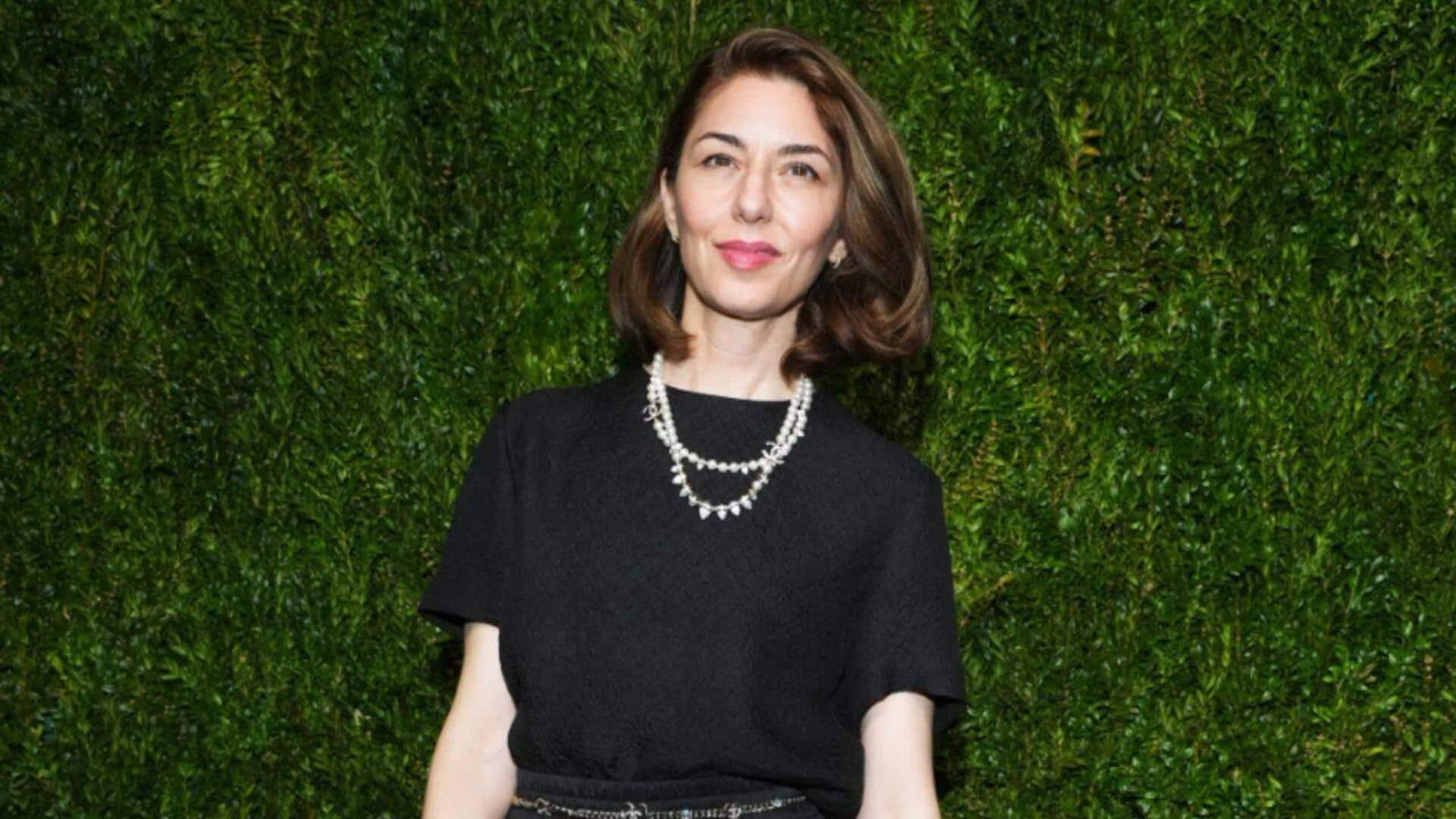
5 ways Sofia Coppola's films set a new visual standard
What's the story
Sofia Coppola, an acclaimed filmmaker, has redefined the aesthetics of modern cinema with her unique storytelling style. Her films are known for their visual elegance and emotional depth, making her a prominent figure in the industry. With a keen eye for detail and an ability to capture the nuances of human emotion, Coppola's work continues to influence filmmakers around the world. Here are five ways she has shaped modern film aesthetics.
#1
Minimalism in storytelling
Coppola's films are known for their minimalist approach, where less is more. She focuses on character development and emotional resonance rather than complex plots or excessive dialogue. This allows viewers to connect deeply with the characters and their experiences. By stripping away unnecessary elements, Coppola emphasizes the beauty of simplicity in storytelling.
#2
Use of color palettes
Another element that makes Sofia Coppola's films visually stunning is her use of color palettes. She picks colors that go with the mood and tone of the story, creating a cohesive visual experience. Her knack for picking colors that evoke certain emotions makes her films memorable and impactful.
#3
Attention to detail
Coppola's meticulous attention to detail is evident in every frame of her films. From set design to costume choices, every element is carefully curated to enhance the narrative and create an immersive experience for viewers. This level of detail adds depth to her stories and makes them visually captivating.
#4
Soundtrack selection
Coppola's choice of soundtracks is another defining feature of her films. She carefully picks music that complements the mood and enhances the storytelling. Her knack for blending visuals with sound makes her films even more immersive and memorable. The soundtracks not only add to the emotional depth but also create a unique identity for each of her films, making them stand out in modern cinema.
#5
Exploration of youth culture
Coppola's exploration of youth culture gives her films a relatable and timeless quality. She delves into themes of identity, rebellion, and self-discovery, often through the lens of young protagonists navigating their own paths. This focus on youth culture resonates with audiences across generations, adding layers of meaning to her work while keeping it relevant in today's society.